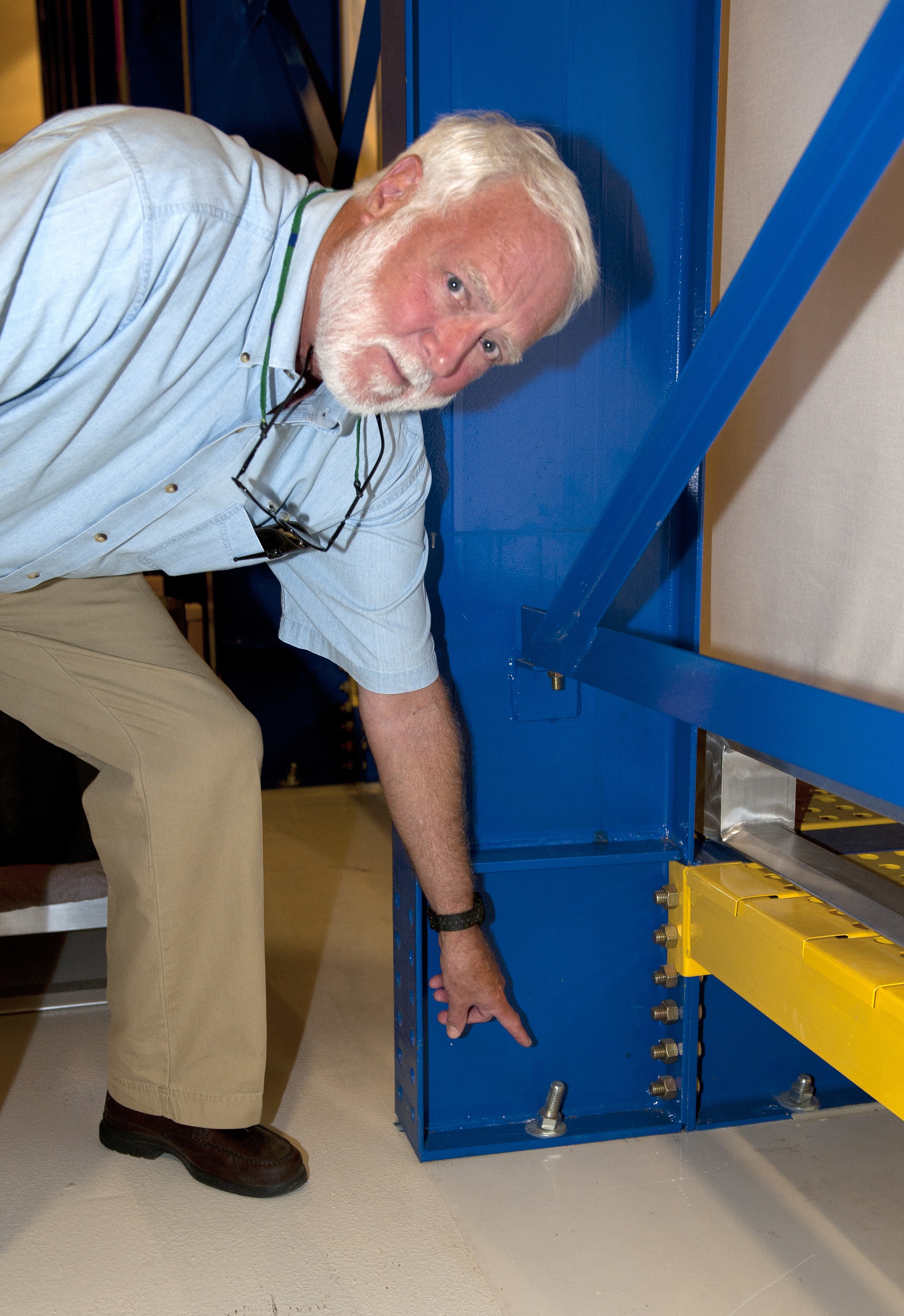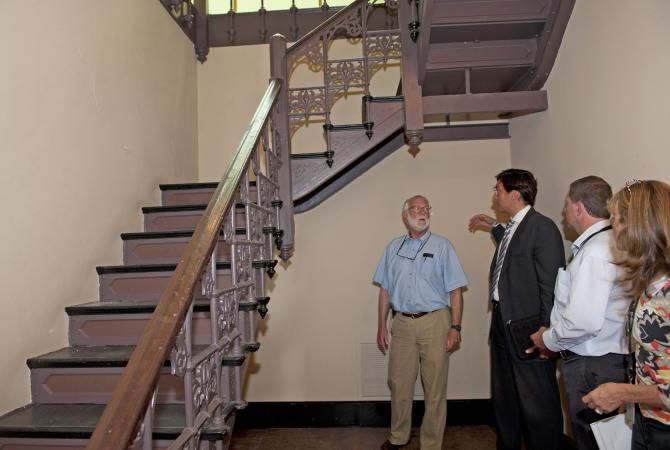Ten years ago all along the East Coast (and Canada and the Midwest), there was a shaky surprise thanks to a 5.8 magnitude earthquake. Occurring near Mineral, Virginia, in Louisa County, the August 23, 2011, earthquake was more than 80 miles from the nation’s capital and lasted around 30 seconds.
According to The Washington Post, it was the strongest earthquake to occur east of the Rockies since 1944. Some aftershocks did follow. The Smithsonian evacuated the public and staff from its buildings that Tuesday afternoon. Many offices in the Washington, D.C., region also sent employees home, and, luckily, no serious injuries or fatalities were reported. Property damage was estimated to be in the hundreds of millions though.
Numerous cracks were found at the top of Washington Monument and damage affected spires, towers, gargoyles, and other building features at the National Cathedral, where repairs and restoration projects continue today.
The quake affected the animals at the National Zoo in a variety of ways, according animal care staff. It was noted that right before it happened, dozens of flamingoes rushed around and gathered all together in a huddle and an orangutan started “belch vocalizing,” which is a sound used during an annoyance. The utterance happened before the earthquake and afterward. Red ruffled lemurs also expressed an alarm sound 15 minutes before and right after it occurred.

Dr. G. Wayne Clough, a civil engineer and an earthquake expert, was the Secretary of the Smithsonian at the time. He was in a meeting next to his office in the Smithsonian Institution Building during the event. He wrote in a Smithsonian report that it took him a moment to realize what was happening since earthquakes are rare in this part of the country and told those with him to get under the table or move to the doorway. Dr. Clough said that he could hear the Seneca sandstone blocks sliding in the building.
The Smithsonian Institution Building, known as the Castle, did suffer damage that included cracks in walls and ceilings in administrative offices and stones that shifted in six chimneys and decorative turrets on the roof. The Castle is the Smithsonian’s oldest building and was closed temporarily to the public following the earthquake.
The next day Dr. Clough and others went to survey the damage at various Smithsonian facilities and buildings in the region.

Damage of varying degrees happened at the National Museum of Natural History, the Great Hall at the National Portrait Gallery, a historic home at the Smithsonian Environmental Research Center in Edgewater, Maryland, and the Smithsonian Museum Support Center (MSC), which houses more than 54 million collection items in Suitland, Maryland. Issues included everything from specimen jars falling and breaking to collection cabinets and shelving shifting and tipping to larger structural problems.
MSC, which suffered extensive damage, opened in 1983 as a place for the study and preservation of Smithsonian collections. The facility is made up is what is known as pods with collection storage spaces and separate labs and offices. According to Unexpected: Earthquake 2011, Lessons to Be Learned, staff there heard a loud bang, witnessed shaking and swaying, and heard “metal groaning, rattling and banging.”
All the museums were able to reopen the next day, but Hurricane Irene was on its way to the area and the Smithsonian had to prepare. In the days and weeks that followed, various offices and outside engineering and design firms worked to determine issues and planned on how to move forward with stabilization and repairs.
The Smithsonian lessons learned report commended the Office of Facilities Engineering and Operation (now Smithsonian Facilities) and the Office of Protection Services for maintaining crews 24 hours a day to evacuate facilities, fill and transport more than 1,000 bags of sand for the imminent hurricane, and cut and remove dozens of fallen trees. Employees worked double shifts to repair facilities, clean spaces and exhibits, and secure buildings and collections during evacuations and damage assessments.
This was not the first time an earthquake affected the Smithsonian. Other ones were documented in 1852 and 1886. Dozens were killed in Charleston, South Carolina, when the 7.0 magnitude quake hit August 31, 1886. Lucien M. Turner, a member of the Army Signaling Corps, was a natural history collector for the Smithsonian's United States National Museum. He was in the Castle at the time and observed a gas fixture swing repeatedly during a period of nearly forty minutes, as noted in The Washington Post.
This 10th anniversary also serves a reminder regarding preparedness. International ShakeOut Day, which is October 21 this year, focuses on the importance of earthquake drills at home, work, school, or elsewhere. FEMA also shares information on how to prepare.
Related Resources
- "The Smithsonian Seismological Institute" by Pamela M. Henson, The Bigger Picture, Smithsonian Institution Archives
- "What Caused the 2011 D.C. Earthquake?" by Jason Daley, Smithsonian
- M5.8 August 23, 2011 Mineral, Virginia by USGS
- Earthquake Damage and Repairs Summary by the Smithsonian Facilities
Produced by the Smithsonian Institution Archives. For copyright questions, please see the Terms of Use.

Leave a Comment